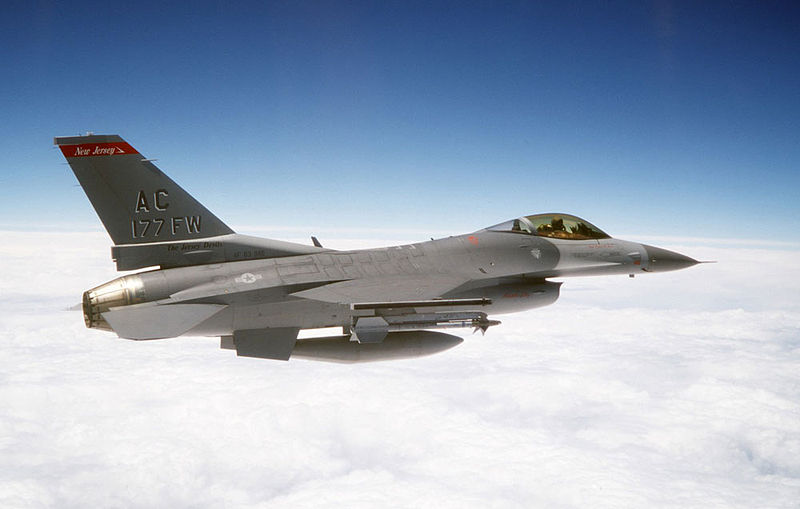Monday, November 9, 2009
Aircraft Flight Control System
A number of controls allow pilots to direct aircraft in the air. The controls found in a typical fixed-wing aircraft are as follows:
A yoke or joystick, which controls rotation of the aircraft about the pitch and roll axes. A yoke resembles a kind of steering wheel, and a control stick is just a simple rod with a handgrip. The pilot can pitch the aircraft downward by pushing on the yoke or stick, and pitch the aircraft upward by pulling on it. Rolling the aircraft is accomplished by turning the yoke in the direction of the desired roll, or by tilting the control stick in that direction. Pitch changes are used to adjust the altitude and speed of the aircraft; roll changes are used to make the aircraft turn. Control sticks and yokes are usually positioned between the pilot's legs; however, a sidestick is a type of control stick that is positioned on either side of the pilot (usually the left side for the pilot in the left seat, and vice versa, if there are two pilot seats).
Rudder pedals, which control rotation of the aircraft about the yaw axis. There are two pedals that pivot so that when one is pressed forward the other moves backward, and vice versa. The pilot presses on the right rudder pedal to make the aircraft yaw to the right, and on the left pedal to make it yaw to the left. The rudder is used mainly to balance the aircraft in turns, or to compensate for winds or other effects that tend to turn the aircraft about the yaw axis.
A throttle, which adjusts the thrust produced by the aircraft's engines. The pilot uses the throttle to increase or decrease the speed of the aircraft, and to adjust the aircraft's altitude (higher speeds cause the aircraft to climb, lower speeds cause it to descend). In some aircraft the throttle is a single lever that controls thrust; in others, adjusting the throttle means adjusting a number of different engine controls simultaneously. Aircraft with multiple engines usually have individual throttle controls for each engine.
Brakes, used to slow and stop the aircraft on the ground, and sometimes for turns on the ground.
Other possible controls include:
Flap levers, which are used to control the position of flaps on the wings.
Spoiler levers, which are used to control the position of spoilers on the wings, and to arm their automatic deployment in aircraft designed to deploy them upon landing.
Trim controls, which usually take the form of knobs or wheels and are used to adjust pitch, roll, or yaw trim.
A tiller, a small wheel or lever used to steer the aircraft on the ground (in conjunction with or instead of the rudder pedals).
A parking brake, used to prevent the aircraft from rolling when it is parked on the ground.
The controls may allow full or partial automation of flight, such as an autopilot, a wing leveler, or a flight management system. Pilots adjust these controls to select a specific attitude or mode of flight, and then the associated automation maintains that attitude or mode until the pilot disables the automation or changes the settings. In general, the larger and/or more complex the aircraft, the greater the amount of automation available to pilots.
Source: Wikipedia
Labels:
rudder pedals,
throttle,
yoke or joystick
Subscribe to:
Post Comments (Atom)


No comments:
Post a Comment